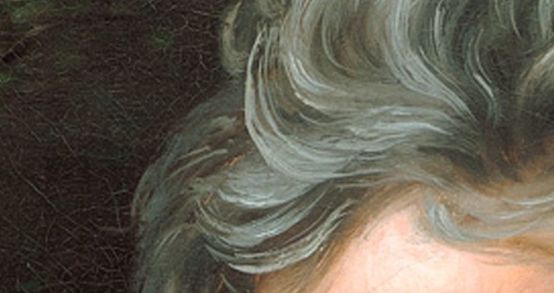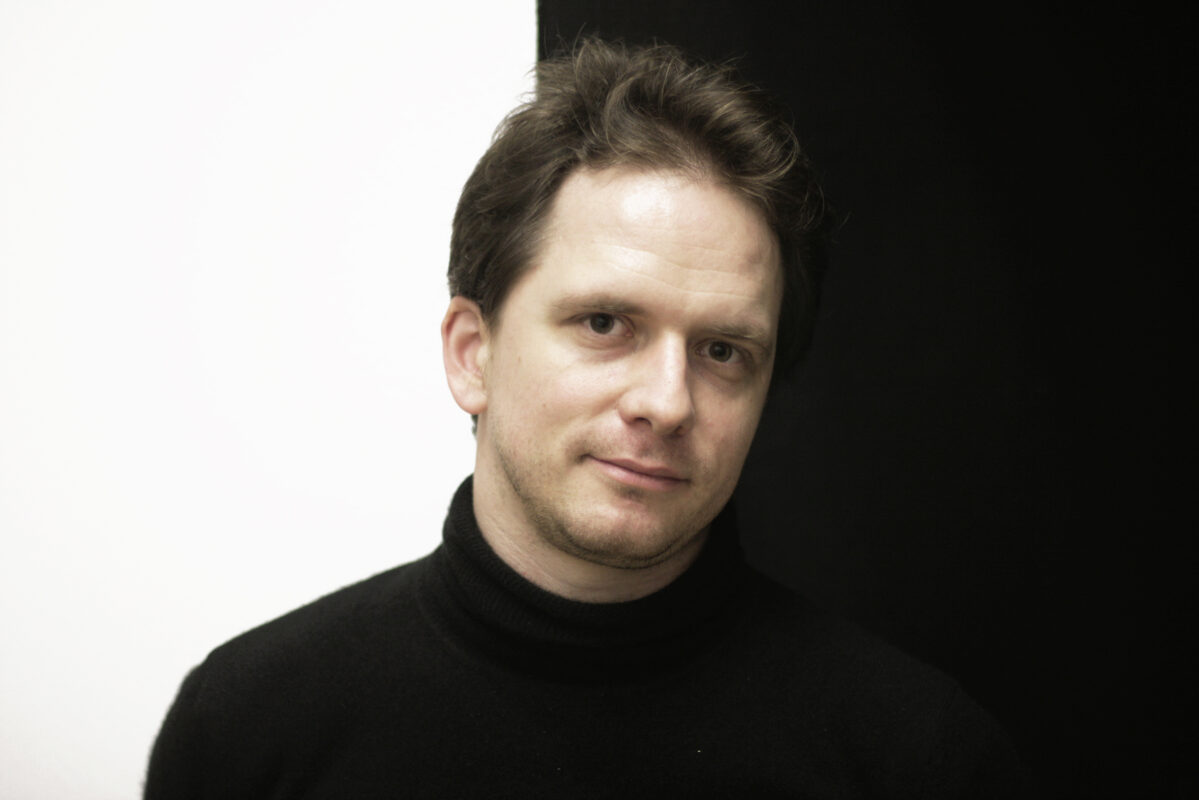Notturno for viola and piano
Every Friday, Beethoven is here. To mark the 250th anniversary of Beethoven's birth, each week the Swiss Music Review takes a look at a different work from his catalog. Today for the Notturno for viola and piano.

It's no secret that Beethoven was not just a composer. He was also an exceptional pianist, and as such was successfully introduced to the music salons of the aristocracy as soon as he arrived in Vienna. The twists and turns of history would have overlooked the fact that he also took violin lessons from Wenceslas Krumpholz (1750-1817, born in Bohemia and raised in Paris), had Ferdinand Ries not mentioned him in his Biographical notes (1838): "In Vienna, Beethoven took violin lessons with Krumpholz, and at first, when I was [still] there, we sometimes played his violin sonatas. But it was really terrible music; for in his enthusiasm, he couldn't hear when he played a passage with the wrong fingering".
Did Beethoven have the same fire when he played viola at the Bonn Hofkapelle at the age of 18? Be that as it may, his "service viola" has survived to the present day. Apart from the instrument's natural role in the orchestra or in chamber ensembles such as the string quartet and string trio, there is no complete work by Beethoven (or indeed by almost any of his contemporaries) in which the viola is an obligatory instrument. The Notturno for piano and viola op. 42 is simply an arrangement of the Serenade op. 8 for flute, violin and viola. It was probably arranged by Franz Xaver Kleinheinz (1765-1832), who was, among other things, a piano teacher in Vienna in the early 19th century. But as was the custom at the time, his name is not mentioned on the title page. There is, however, the addition "revûe par l'Auteur" (in French in the text), which Beethoven insisted on in a letter of September 20, 1803 to the publishers Hoffmeister & Kühnel: "The transcriptions are not mine, but they have been revised and, in places, improved by me, so do not come and tell me that you will write that I have transcribed it, for you would be lying, besides I could not find the time and patience to do so."
The arrangement, published in early 1804 under the independent number Opus 42, is interesting. The original structure has been transferred to the piano; the viola has its own part, but does not play the role of principal melodic instrument. The Notturno is a kind of hybrid in terms of writing technique, but it produces (especially on historical instruments) a sound all its own and very interesting.
Aufnahme auf idagio
Keeping in touch
A weekly newsletter reveals the latest column on line. You can subscribe by entering your e-mail address below, or by subscribing to our RSS feed.








